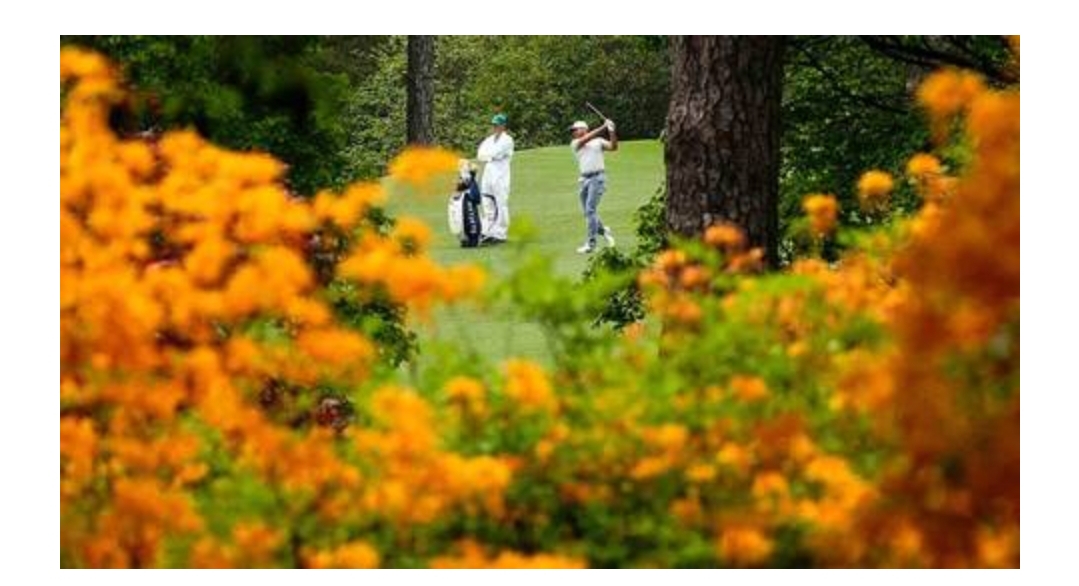what could you give to a professional golfer when he has all he needs

what could you give to a professional golfer when he has all he needs it even necessary? Gifts like this are hard to come by, but every year around this time, green envelopes with names written in calligraphy on the front appear in the mail. Usually only about 100 golfers receive an invitation to play Toonamint at Augusta in April. The process of calling a master has evolved over several decades. Rob Schumacher/USA TODAY Network Rob Schumacher/USA TODAY Network Although more open than it used to be, the Masters Invitational dates back to 1934, when it was named the first annual invitational tournament. The first field took place at the end of March and was attended by 72 athletes, 60 professionals and 12 amateurs. I played for 4 days. , a departure from the tradition of many tournaments to play 36 holes on the third and final day. The winning American, Horton Smith, received an invitation to Augusta National, a masterpiece designed and built by Alistair McKenzie and Bobby Jones from the old Fruitland kennel. Smith competed in the Masters every year from 1934 to 1963 (except during the war years), winning his second title in 1936. In his 27 years as a master, Smith has seen many changes in the way he has built his fields. In 1934, only four of the 72 players were from outside the United States, three from England (CT Wilson, Harry Cooper, CG Stevens) and one from Canada (C. Ross Somerville) and only Cooper turned pro. April 1, 1951 New York Times sports headline: “Walker’s All-American Team at Augusta Masters Golf Tournament.” That year, 17 amateur athletes competed in 64 sports. The last time more than 10 artists were invited to the Master was in 1988, and the number of foreign experts increased from 14 to 40 in 1989. 53 people in 2004 and 2009. The graduate school admissions process has changed over time, and although the term “call” is used, there is a specific eligibility process. Previous winners have always been invited back, but over time, past champions have been invited back each year but not required to attend. Other entrants include winners of majors in the last five years, top 12s and ties at last year’s Masters, four majors last year, top 50 players in the world at the end of the previous year and winners of PGA Tour events. He is also known as a recent winner of the Masters as well as a major winner of the amateur championship. Unlike 1934 or 1951, when the Invitational was a true Invitational, today’s Masters is tied to the success of qualifying tournaments, turning almost every tournament in the world into a mini-qualifier. The same is true for US Opens and British Opens, which use different tournaments and player achievements as qualifying criteria. The difference between the two Opens is that players qualify through open qualifiers. There is no such qualification system for masters. The Masters has many traditions, from the Green Jacket Award (starting in 1949) to the Dinner of Champions (1952) to the aforementioned hosting of former champions, but the 36-hole qualifiers do not escape the tournament’s lore. The club has already made significant progress. The nine of the day was originally the front nine until Bobby Jones replaced the back nine and realized the fun and risk-reward potential of the modified layout. It would be easy to host a qualifying tournament at Augusta National on the Tuesday a week before the Masters, invite 20 to 40 players and award tournament spots to the top 5 or 10 players. Public access to the media for recording the results is possible only through television or streaming. There is a reason for this idea given the current state of the game, especially LIV Golf and the Official World Golf Ranking. Events aside, professional golf had changed before the release of LIV. These qualifications are significant as they address the inequities inherent in the OWGR process and also impact on remote areas where golf is played but not fully recognised. Augusta National officials recognized the need for greater exposure to golf, deciding to support and invite amateur champions from Asia Pacific and Latin America. The game is global and nobody





